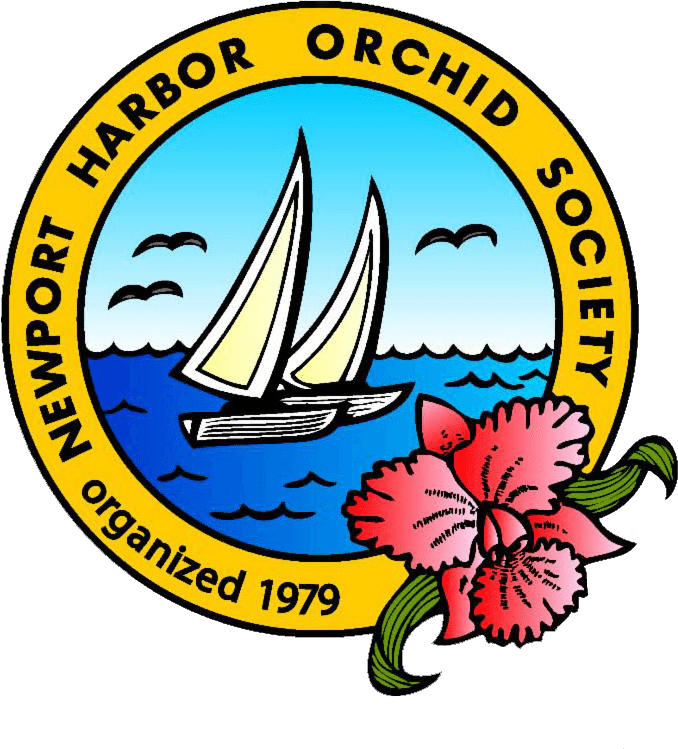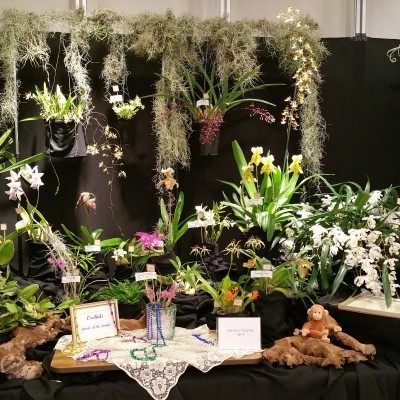This information was graciously provided by Alfredo Manrique, the person responsible for the legal cultivation of this incredible species. NHOS was fortunate to have Alfredo speak at our October 2015 meeting, where he shared this information in person.
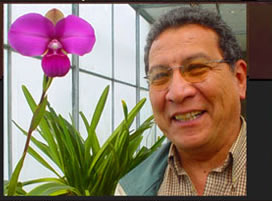
Alfredo Manrique
Owner of Centro de Jardineria Manrique (CJM) in Lima, Peru
In 1972 Alfredo Manrique started his nursery business, Centro de Jardineria Manrique (CJM) in Lima, Peru. CJM roughly translates to Manrique’s Garden Center. He also runs the website: phragmipediumkovachii.com. His main focus at the time was on Conifers, Azaleas, and Begonias (orchids came later). The first orchid to enter his collection of ornamental plants was in the 1980´s, a Cattleya máxima, which he currently still owns.
In the early 1990´s, Alfredo realized there was a great demand for Peruvian orchid species.
He decided to convert the focus of his nursery, and dedicated 90% of it, to the cultivation of orchids.
In 2002, after the discovery of the Phragmipedium Kovachii, CJM was the first nursery to obtain a permit issued by the Peruvian Goverment, to collect 5 plants of this species. Together with the help of Glen Decker , Fritz Schomburg and Peter Croezen, the cultivation , propagation and hybridization of this new species was done with excellent results.
Manrique's nursery has continued to work on different species and hybrids of orchids. In 1995 he started his own in vitro laboratory, working mainly on finding new ways to speed up the growing process of the in vitro seedlings.
Alfredo attends different orchid shows and gives lectures on Peruvian orchids species both in the US and internationally. Since 1994 Alfredo has been a member of the Peruvian Orchid Society where he served as President from 2001- 2004. He is also a member of the American Orchid Society.
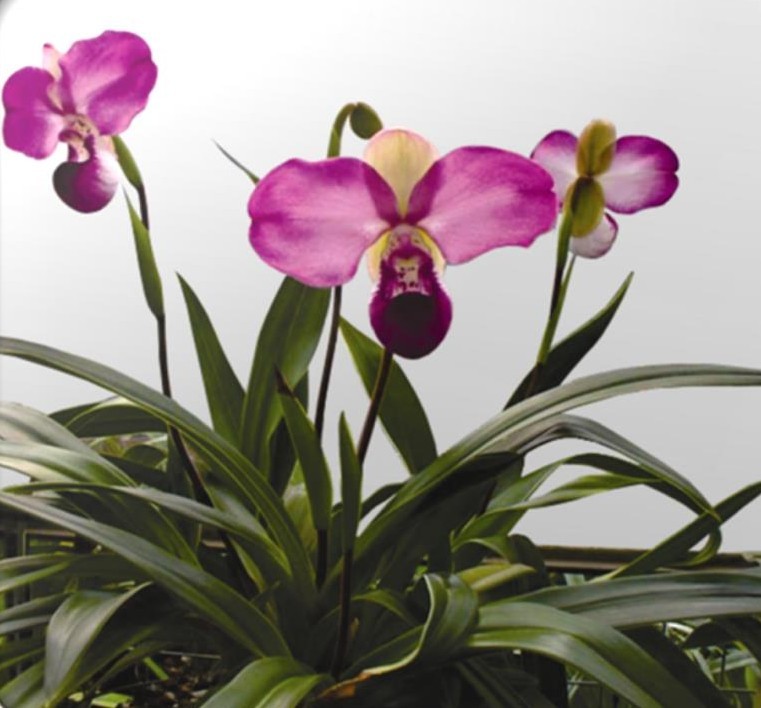
Phragmipedium kovachii
Chacteristics of the habitat: Sub-Andean basin tropical forest jungle or high elevation forest
Geology., dolomitic soil: Soil pH 7 – 7.9
Altitude: 1600-1950 masl
Annual Precipitation: 1000-1500mm
Average summer temperature: 24° C / 75.2° F
Average winter temperature: 12° C / 53.6° F
Winds up to: 100 km/h / 62.1 Mph
Analysis of chemical composition and comparison of two Phrag species found growing in proximity to each other.
| Plant Leaf Composition: | N% (Nitrogen) | P% (Phosphorus) | K% (Potassium) | Ca% (Calcium) | Mg% (Magnesium) | Zn Ppm (Zinc) | Mn ppm (Manganese) | Fe ppm (Iron) | B ppm (Boron) | pH / soil |
| Phrag. kovachii | 0.72 | 0.08 | 0.49 | 2.34 | 0.50 | 33 | 6 | 179 | 45 | 6.5-7.9 |
| Phrag. boissierianum | 0.72 | 0.07 | 0.71 | 1.98 | 0.15 | 14 | 6 | 110 | 36 | 6.5 |
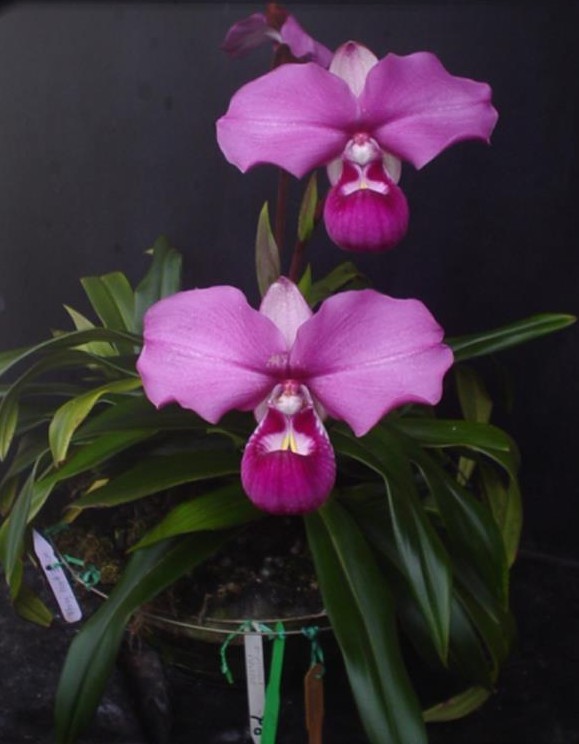
The Environment:
-
Medium to high light
-
Avoid direct sun rays
-
High ventilation
-
Air humidity over 80%
-
Day temperatures up to 85°F
-
Night temperatures down to 50 F
-
Irrigation water low in salts free of Chlorine
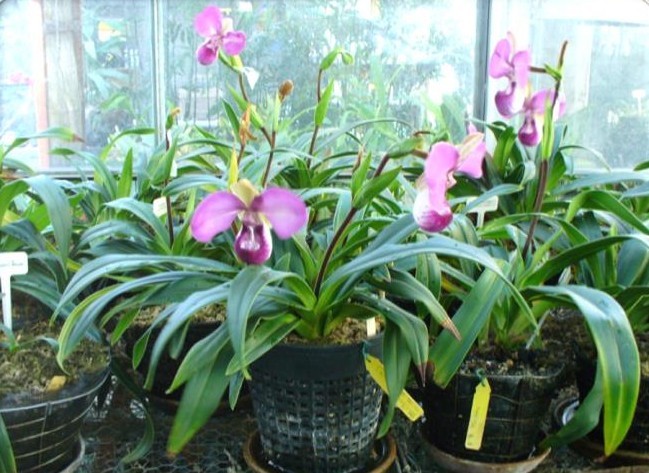
Feeding:
-
A fertilizer as a 11-5-3 with 4% Ca 2% 2.8 Mg, Fe, B ,Zn and Mn.
-
Feeding solution @ 350- 400 ppm
-
Up to two times a week in summer less often in winter
Soil Mixture:
-
Stones 0.8 cm to 1 cm size – 40%
-
Charcoal 1.2 cm size – 10 %
-
Perlite coarse – 20%
-
Fine bark – 25% ( Sphagnum moss or tree fern in dry conditions )
-
Broken Sea shells – 5%
Sea weeds extracts and fulvic acid applications:
Sea weeds are applied in the dose of 1 gram ( up to 3 cc in liquid presentations) diluted in 2 pints of water plus fulvic acid from humic acids at a rate of 1 cc in the same dilution .
Those biostimulants enhance the uptake of nutrients and the metabolism in the plants, mix them with your fertilizer, be sure that the final TDS of the solution is no higher of 400 ppm.
Apply as a light foliar feeding, and damp the soil.

Physiological disorders:
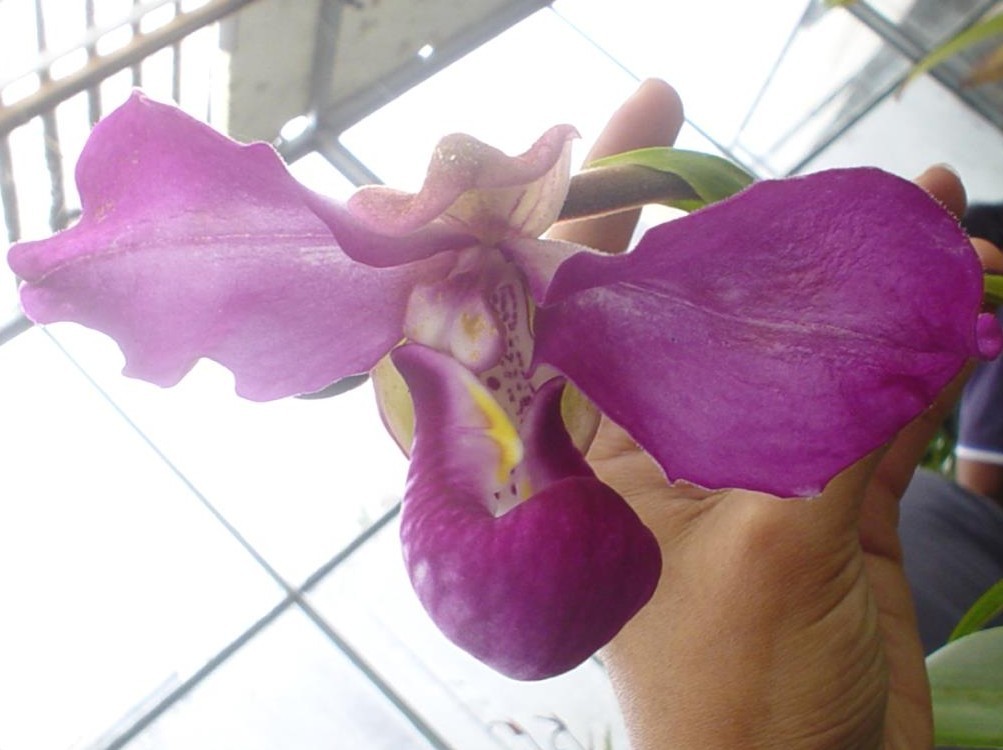
Day temperatures near 90°F

Crown rot
In Vitro
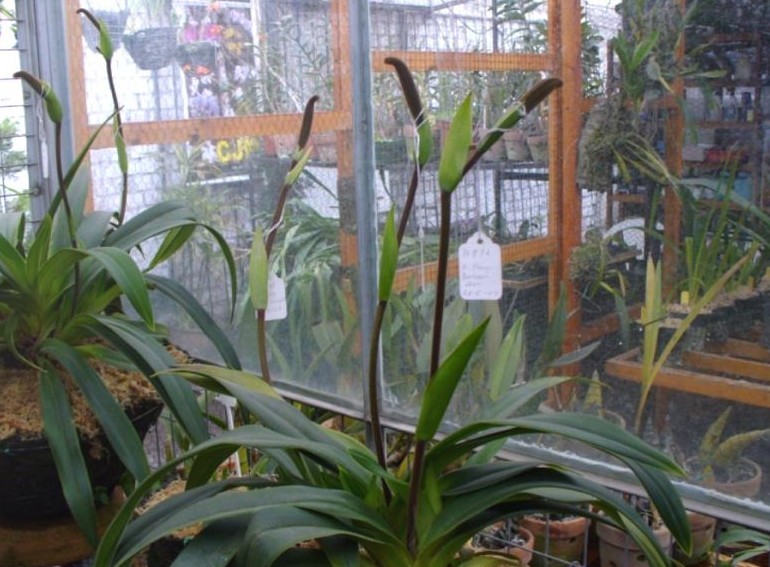
Pollination:
-
Flowers last up to 15 days
-
Best pollination time is done before the 5th day after flower opening
-
Pollen can be stored for up to 6 months on refrigeration.
-
Over 85F day temperature flowers do not yield viable pollen
-
Seed pod ripens in nearly 120 days

Replate must be done very frequently, up to 8 in 18 months. Temperatures kept around 75F
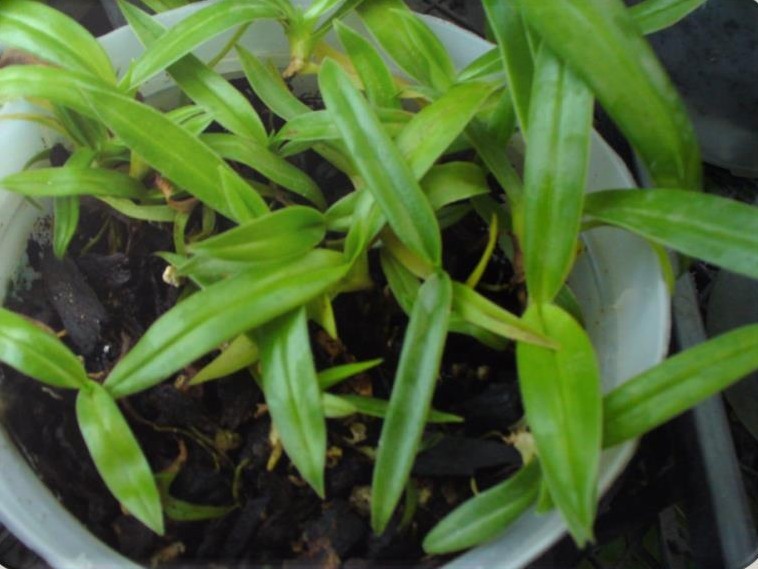
Deflasking:
Is done when roots are well developed in flask. Do not wash out the roots. The soil mixture must be rich in sphagnum moss with fir bark and stones , charcoal and and perlite.

Caring for deflasked seedlings
Information provided by Alfredo Manrique
With Special thanks To:
Midalit Medina
Peter Croezen
Fritz Schomburg
Glen Decker
Pictures:
Manuel Camacho
Power Point Presentation:
Jessica Manrique
